5 Art Therapy Techniques for Self-Exploration and Emotional Healing
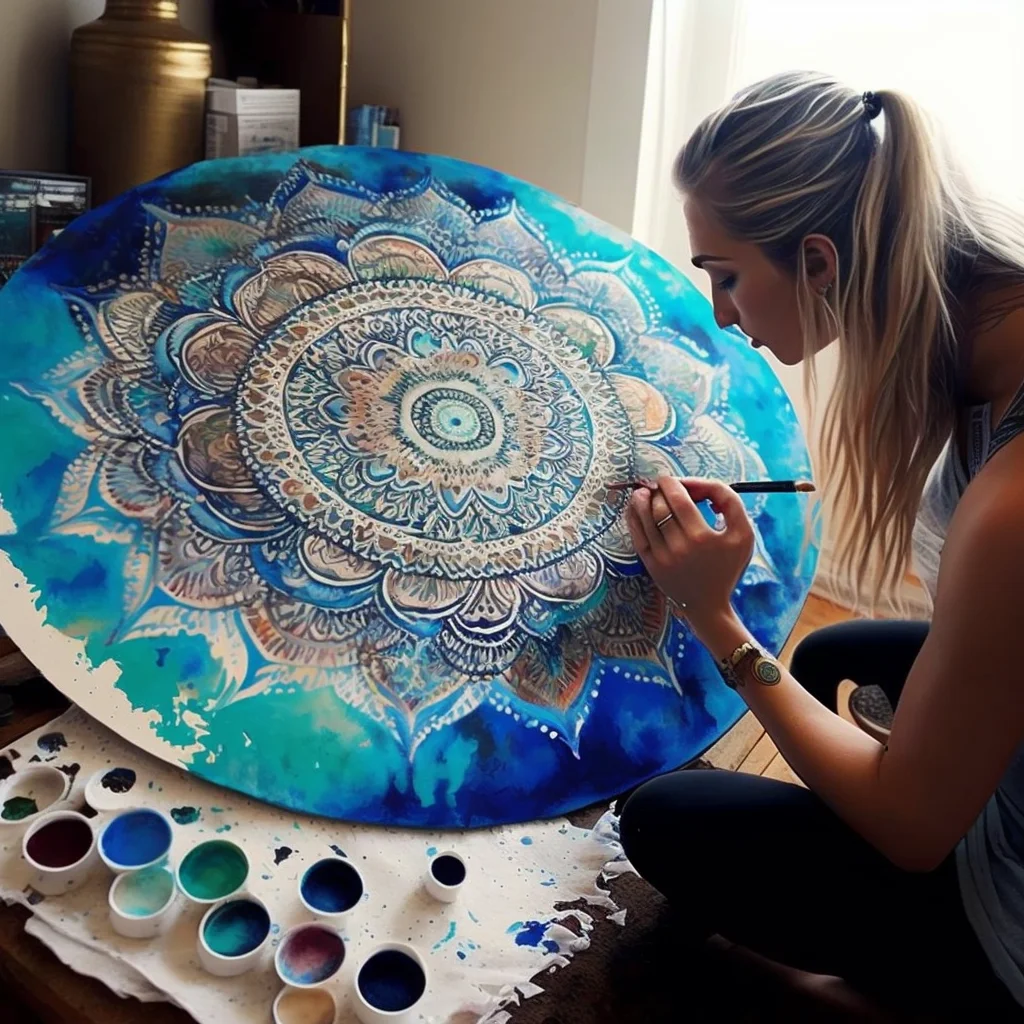
Are you looking for a way to explore your emotions and heal from the inside out? Art therapy might be the answer. In this blog post, we’ll explore five art therapy techniques that can help you gain insight into yourself and begin the process of emotional healing. So, if you’re ready to find out more about how art therapy can help you, keep reading.
Introduction to Art Therapy
In today’s world, many people are searching for ways to connect with their emotions and explore their inner thoughts and feelings. Art therapy is a very versatile way to do just that. Through the use of art materials, you can explore your emotions and think more deeply about what drives your behavior.
There are many benefits to using art therapy techniques for self-exploration and emotional healing. First, art provides an outlet for expression that can be difficult to express in other ways. Second, art encourages you to look at things from a different perspective, which may help you see solutions to problems you hadn’t considered before. Third, using creative tools can help loosen blocks of worry or stress so that they can be more easily processed and released. Fourth, working with artwork can have a positive impact on your mood overall; by taking time out each day to create something beautiful, you may find yourself feeling happier and more content than before.
If you’re considering embarking on a journey of self-discovery through the use of art materials, there are many different drawing and painting techniques that you can try out. One popular method is ideation sketching – this involves creating rough sketches of ideas or concepts until an idea becomes clearer and more specific than the initial drawings. Another approach is freehand painting – in which artists work freely without any reference material or guidelines whatsoever. Finally, collage is often used as an expressive tool in visual arts because it allows for multiple layers of imagery to be combined together in unexpected ways. To learn more about these various art therapies techniques, please consult some resources available online (such as Wikipedia).
Benefits of Art Therapy for Self-Exploration and Emotional Healing
Art therapy techniques can be used to explore and express emotions, both internally and externally. Drawing and painting techniques are especially popular for self-exploration, as they allow the individual to visualize and feel their thoughts and feelings in a positive way. Collage is also often used in art therapy as an effective tool for expressing emotions. Writing and poetry can also be highly expressive, providing an outlet for personal expression that can address complex topics. Movement is another popular art therapy technique; it has been shown to promote creativity, self-awareness, and emotional well-being.
Drawing and Painting Techniques for Self-Exploration
One of the most important aspects of art therapy is the ability to allow clients to explore their own emotions and feelings. One of the most common techniques for this is drawing and painting.
When exploring emotions, it is important to start with simple drawings and paintings. This allows the client to get a sense of what they are feeling without getting overwhelmed. It is also important to allow time for the client to process their emotions. This can be done by allowing them to keep their drawings and paintings for a set amount of time, or by discussing them with them afterwards.
Another common technique for self-exploration in art therapy is using collage. Collage can be used to express emotions in a variety of ways, from creating a visual diary to expressing feelings about a traumatic event. It is also important to allow time for the client to process their collages, either by discussing them with them or letting them keep them for a set amount of time.
Clay can also be a powerful tool for self-exploration and emotional healing. It can be used to create sculptures, figurines, or evennaments. When using clay, it is important to allow the client time to explore their creations and express their feelings through them.
Music can also be a powerful tool for self-exploration and emotional healing in art therapy. It can be used to help clients explore their emotions and feelings in a variety of ways, from relaxing them to helping them express themselves in words or images. It is also important to allow time for the client to process their music, either by discussing it with them or letting them keep it for a set amount of time.
Finally, movement can be another powerful tool for self-exploration and emotional healing in art therapy. It can be used to help clients relax and destress, as well as explore their emotions and feelings in a more physical way. When using movement in art therapy, it is important to make sure that it is safe for the client and comfortable for them.
Using Collage to Express Emotions
One of the most important techniques for self-exploration in art therapy is drawing. Drawing can be used to represent all aspects of a person’s life, from the simple to the complex. When exploring your thoughts and feelings, it can be helpful to start with basic shapes like circles and squares and then add details as you become more comfortable. You may also find it useful to combine different drawing techniques together, such as copying someone else’s work or using a photocopier to make your own versions.
Another great way to explore your emotions is through painting. Painting allows you to freely express everything that comes into your mind without fear of judgment. Unlike drawings, which are easy to modify or change later on, paintings are permanent reminders of what has been felt inside your head. Whether you choose bright colors or darker tones, painting can help you open up about how you feel on any given day.
Clay is another medium that can be used for self-exploration and emotional healing. Clay can be melted down and shaped into objects which can then be fired in an oven – this creates a physical representation of our inner thoughts and feelings. By creating these clay sculptures, we give ourselves permission to confront our fears head on and let them go – hopefully in a way that feels safe AND productive!
Music also has incredible potential when it comes to self-exploration and emotional healing. Many people use music as a way forgive themselves for past mistakes or failures; by singing or playing music specifically chosen for this purpose, it’s possible reach deep within yourself in order to find those Inner Strength Gems needed for growth! Additionally, many people find that listening helps clear away negative thought patterns before they have time chance take hold (aka de-cluttering!). All things considered – there really isn’t anything quite like working with music when it comes from therapeutic purposes!
Working with Clay to Express Feelings
There are many art therapy techniques that can be used to help individuals explore their emotions and heal from trauma. Drawing and painting techniques are popular, as are collage and clay work. Music can also be a powerful tool for emotional healing, as can movement. It is important to find the right technique for each individual, as each can provide different benefits.
Exploring Imagery Through Writing and Poetry
Art therapy can be an incredibly powerful way to explore emotions and self-expression. If you’re looking to connect with yourself on a deeper level, these art therapy techniques are perfect for you! By using painting, drawing, collage, writing, and movement, you can open up about your thoughts and feelings in a safe and creative space.
Using Music to Explore Emotions
There is no one-size-fits-all answer to the question of which art therapy techniques are best for self-exploration and emotional healing. However, some common methods used in this field include drawing and painting, collage, clay, writing and poetry, imagery exploration through sketching and photography, music composition, movement arts therapy and more. The key is to find what works best for you as an individual artist.
Exploring the Power of Movement in Art Therapy
Art therapy can be an effective tool for self-exploration and emotional healing. Some of the most popular art therapy techniques include drawing and painting, collage, writing and poetry, music, movement, and imaging. Each technique has its own set of benefits for self-exploration and emotional healing. To get the most out of your art therapy sessions, it is important to explore each one in depth.
Final Thoughts on Art Therapy Techniques for Self-Exploration and Emotional Healing
As an art therapist, one of my main goals is to help my clients explore their emotions and feelings in a safe and comfortable environment. In this section, I’ll share five art therapy techniques that can help you do just that.
Drawing and Painting Techniques for Self-Exploration
One of the best ways to explore your emotions is by using traditional drawing and painting techniques. By focusing on your feelings and thoughts, you can start to process and understand them more fully.
Using Collage to Express Emotions
Collage is a great way to express your emotions in a creative way. By combining different images, textures, and colors, you can create a powerful work of art that reflects your own unique personality and feelings.
Working with Clay to Express Feelings
Clay is a versatile medium that can be used to express a wide range of emotions. By working with clay, you can create pieces that are delicate yet powerful, reflective of your innermost thoughts and feelings.
Exploring Imagery Through Writing and Poetry
Art therapy can be used to explore different aspects of the self through writing and poetry. By writing about your experiences or reflecting on your emotions, you can gain a deeper understanding of yourself and your feelings.
Using Music to Explore Emotions
Music has a powerful ability to evoke emotion in both the listener and the artist. By using music as an exploration tool, you can help your clients access their hidden feelings and memories.
Art therapy can be a powerful tool in helping us to self-reflect, explore our emotions, and heal from emotional trauma. Through creative exercises such as drawing and painting, collage making, clay work, writing and poetry, music exploration, and movement activities we can use art therapy techniques to gain perceptive into our own feelings that may have been hidden or dormant for years. Art Therapy is an excellent way to dive deeper into understanding ourselves on a more conscious level while taking time for healing.
Conclusion: Art Therapy Can Be A Powerful Tool For Self-Exploration and Emotional Healing
In conclusion, art therapy can be a powerful tool for self-exploration and emotional healing. Through the use of different techniques, individuals can tap into their creativity and inner wisdom to better understand themselves and their experiences.
If you are considering pursuing a career in the holistic health field, it is important to choose an accredited online holistic practitioner program. Accreditation ensures that you receive a comprehensive education and training that meets the highest standards of quality, professionalism, and safety. It also increases your chances of being recognized and respected in the job market, and exposes you to the latest developments and trends in the holistic health field.
At Scholistico, we offer internationally accredited courses in holistic health through the IPHM, CPD, NCCAP and CMA. Our courses are designed to provide students with the skills and knowledge they need to succeed in their careers as holistic practitioners. Whether you are interested in art therapy or animal communication, our programs can help you reach your full potential and achieve your goals.
Investing in your education is an investment in your future. By choosing an accredited program, you can be confident that you are receiving the best education and training available. We are proud to offer internationally accredited courses at Scholistico, and we look forward to supporting you on your journey to becoming a certified holistic practitioner.

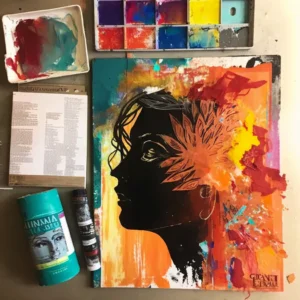
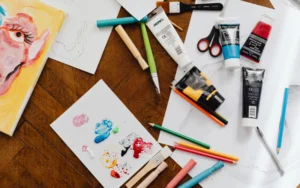
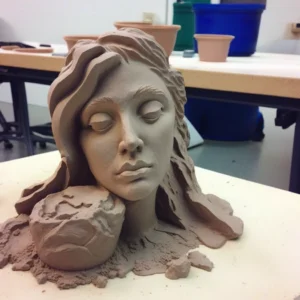
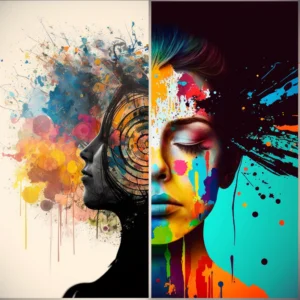

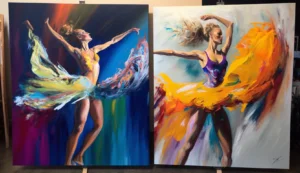
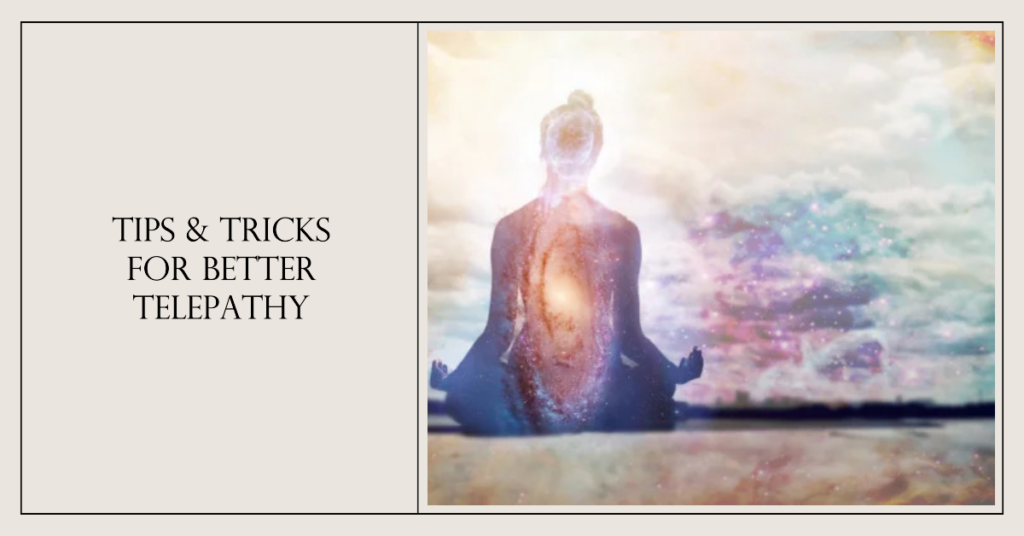
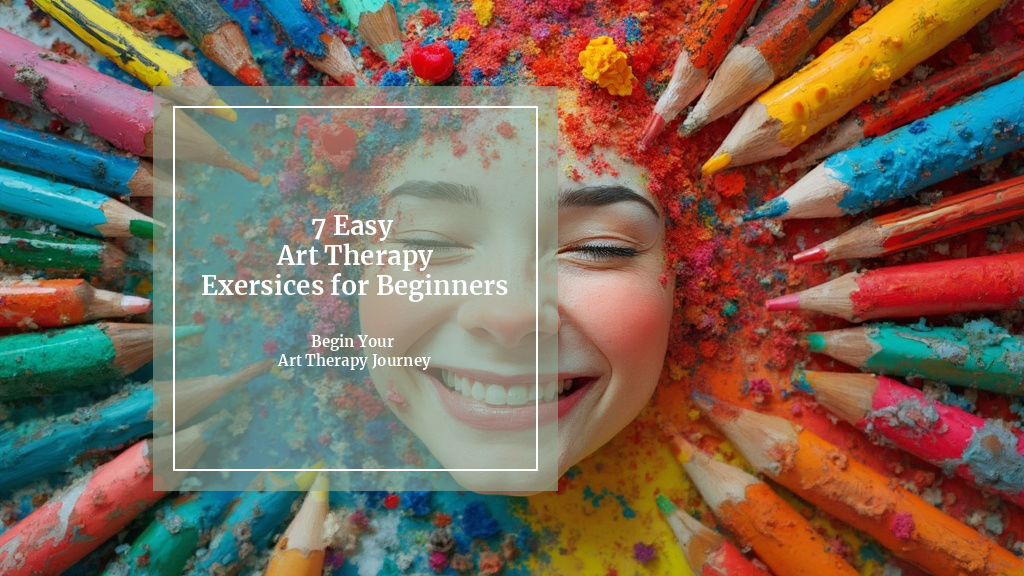
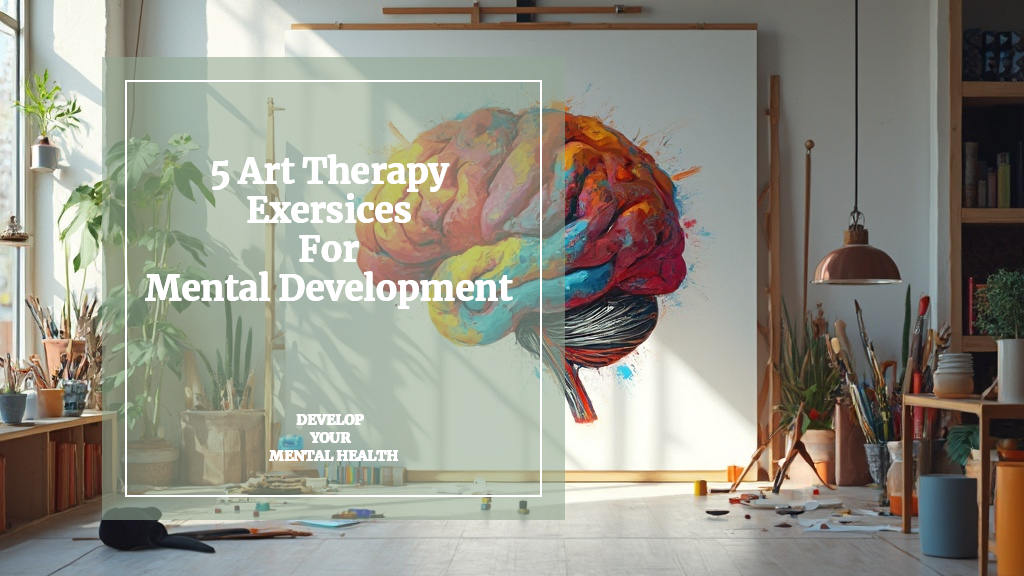
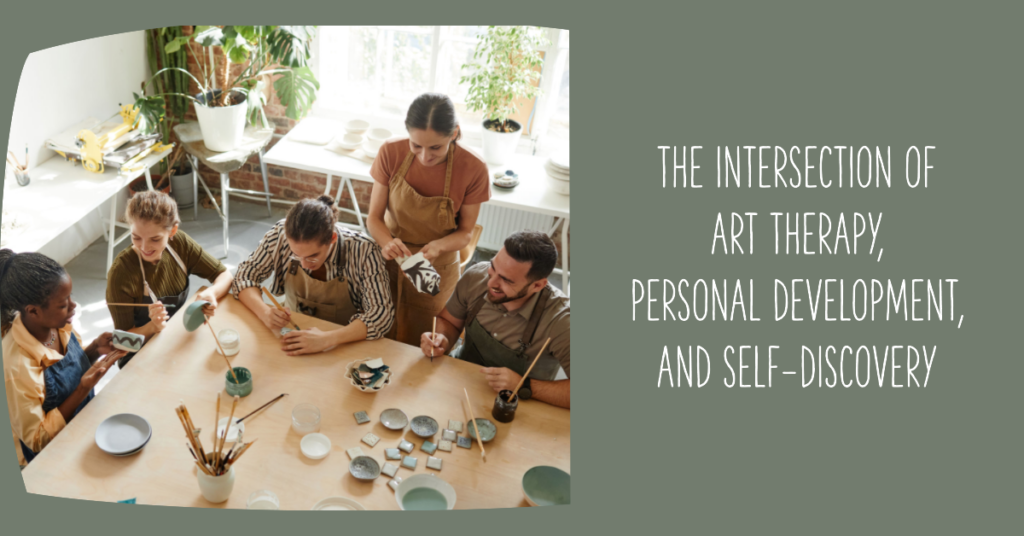
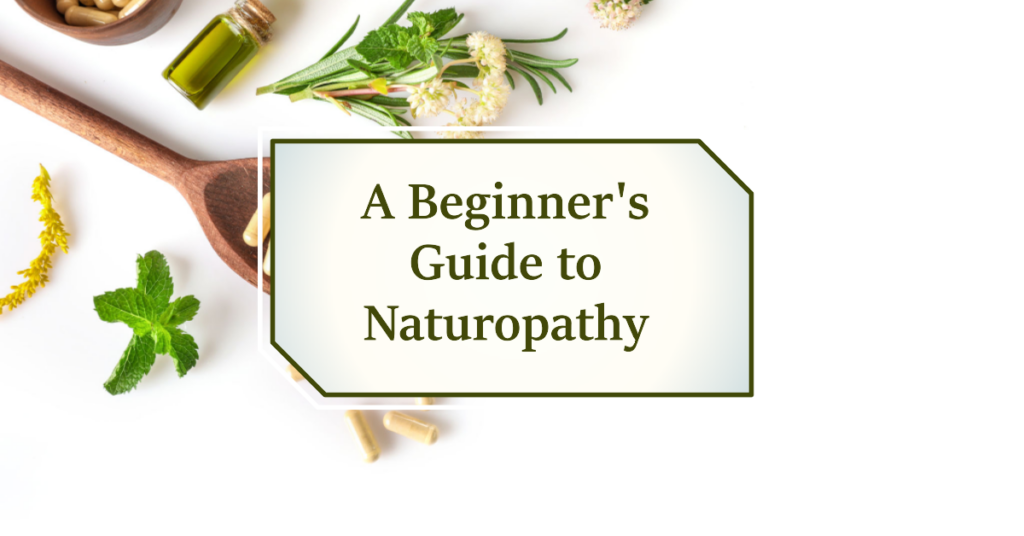





Responses